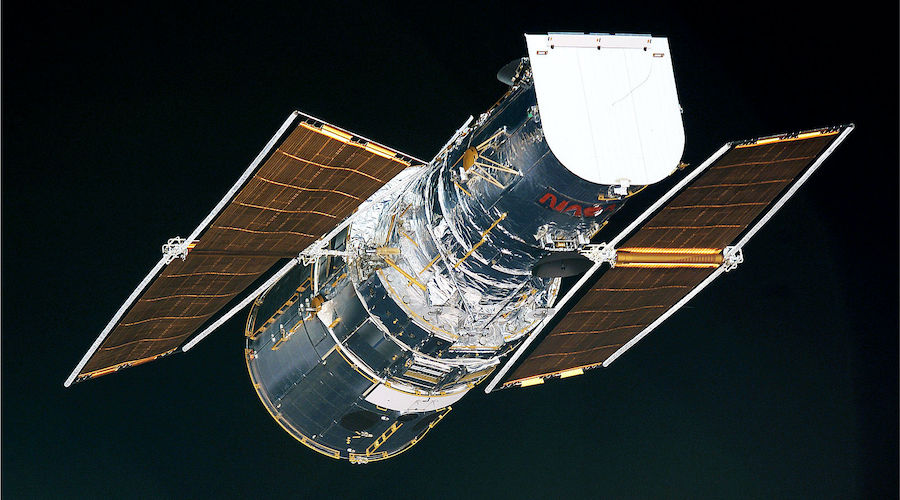
According to the scientists, the new cell may be useful for highly area-constrained applications or low-radiation space applications.
In a paper published in the journal Joule, the researchers explain that the improvement in efficiency followed research into “quantum well” solar cells, which utilize many very thin layers to modify solar cell properties.
Gallium is key
In detail, they developed a quantum well solar cell with unprecedented performance and implemented it into a device with three junctions with different bandgaps, where each junction is tuned to capture and utilize a different slice of the solar spectrum. The top junction is made of gallium indium phosphide (GaInP), the middle of gallium arsenide (GaAs) with quantum wells, and the bottom of lattice-mismatched gallium indium arsenide (GaInAs).
“A key element is that while GaAs is an excellent material and generally used in III-V multijunction cells, it does not have quite the correct bandgap for a three-junction cell, meaning that the balance of photocurrents between the three cells is not optimal,” said Ryan France, senior scientist and cell designer. “Here, we have modified the bandgap while maintaining excellent material quality by using quantum wells, which enables this device and potentially other applications.”
The scientists used quantum wells in the middle layer to extend the bandgap of the GaAs cell and increase the amount of light that the cell can absorb. Importantly, they developed optically thick quantum well devices without major voltage loss. They also learned how to anneal the GaInP top cell during the growth process in order to improve its performance and how to minimize the threading dislocation density in lattice-mismatched GaInAs. Altogether, these three materials inform the novel cell design.
The new cell was then tested for how efficient it would be in space applications, especially for communications satellites, which are powered by solar cells and for which high cell efficiency is crucial, and came in at 34.2% for a beginning-of-life measurement. The present design of the cell is suitable for low-radiation environments, and higher-radiation applications may be enabled by further development of the cell structure.




